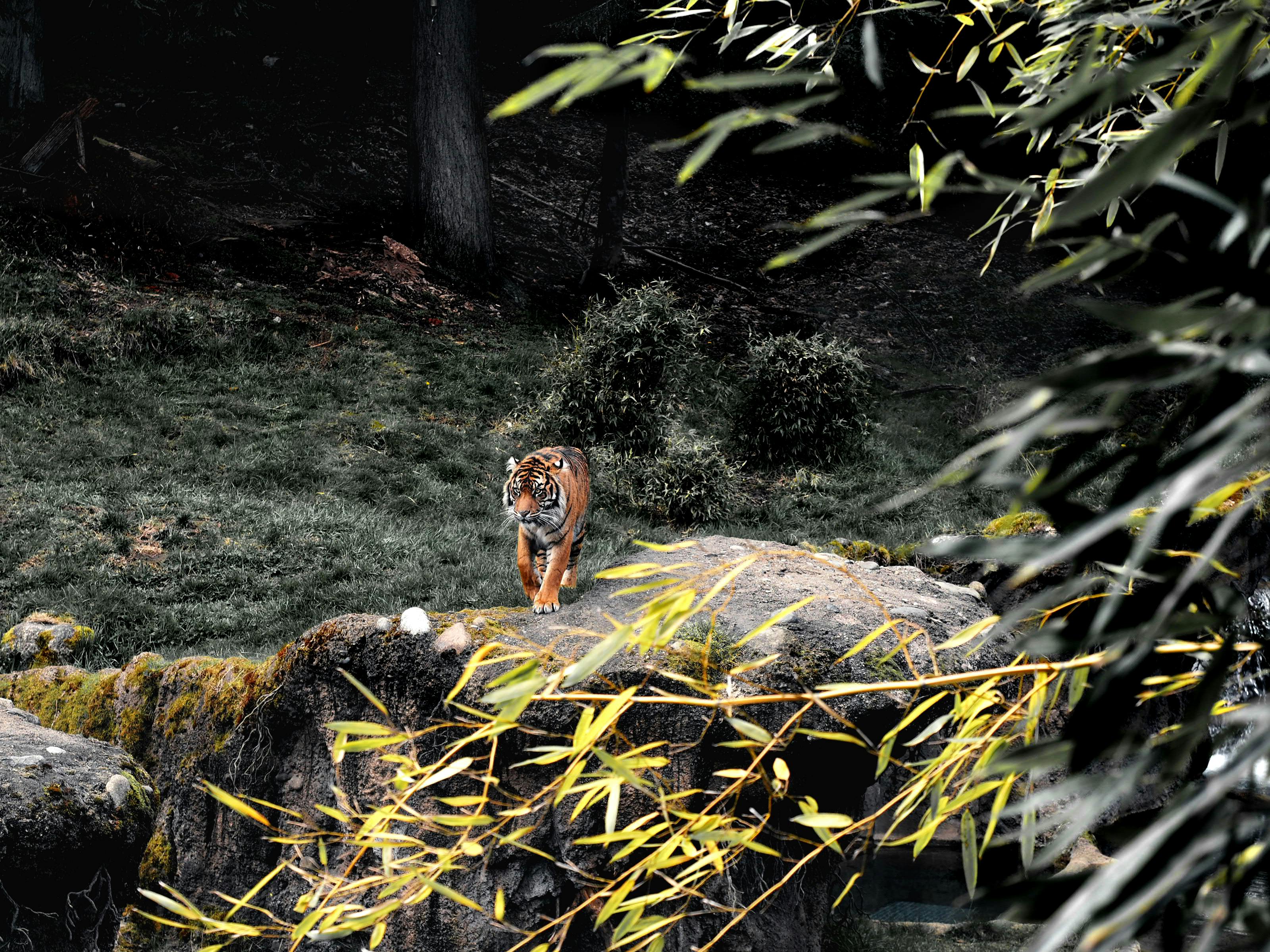“The Most Endangered Animal Species in the World and Their Conservation Efforts”

Introduction
The world is home to a diverse range of animal species, each playing a crucial role in maintaining the balance of ecosystems. However, many of these species are facing the threat of extinction. In this blog post, we will explore some of the most endangered animal species in the world and the conservation efforts being made to protect them.
Javan Rhino
The Javan Rhino is one of the most critically endangered species on the planet. With only around 75 individuals remaining, these majestic creatures can only be found on the island of Java, Indonesia. The main threats to their survival include hunting and habitat loss. Efforts are being made to protect their natural habitat and prevent poaching through stricter law enforcement and community involvement.
Amur Leopard
The Amur Leopard is a rare big cat species that inhabits a small region of far east Russia and northeastern China. With a population of approximately 100 individuals, they face numerous threats such as habitat loss, prey scarcity, and transportation infrastructure. However, there is hope for their survival as 75% of their home range lies within protected areas. Conservation organizations are working tirelessly to ensure their habitat remains intact and to mitigate the impact of human activities.
Sumatran Tiger
The Sumatran Tiger is the smallest tiger subspecies, weighing up to 140kg. Found exclusively on the Sunda Islands, their population has been dwindling due to habitat loss, poaching, and human-wildlife conflict. Conservation efforts include establishing protected areas and implementing anti-poaching measures to safeguard their future.
Sumatran Orangutan
The Sumatran Orangutan is critically endangered and is native to the island of Sumatra, Indonesia. Deforestation for agriculture and logging is the primary threat to their survival. Efforts are being made to combat illegal logging and establish protected areas to conserve their habitat.
Hawksbill Turtle
Hawksbill Turtles are highly valued for their shells, which are used to make jewelry and other products. This illegal trade, along with habitat loss and climate change, poses significant threats to their population. Conservation initiatives focus on reducing illegal trade, protecting nesting sites, and promoting sustainable fishing practices.
Vaquita
The Vaquita is the world’s most endangered marine mammal, with fewer than 10 individuals remaining. Found in the Gulf of California, Mexico, they are threatened by bycatch in fishing nets. Conservation efforts involve implementing fishing regulations, promoting alternative fishing methods, and raising awareness about the importance of protecting these rare creatures.
Cross River Gorilla
The Cross River Gorilla is a subspecies of gorilla found in the mountainous regions of Nigeria and Cameroon. With a population of around 300 individuals, they face threats from habitat loss, poaching, and human encroachment. Conservation organizations are working closely with local communities to protect their habitat, enforce anti-poaching measures, and raise awareness about the importance of gorilla conservation.
Sumatran Elephant
The Sumatran Elephant, found on the island of Sumatra, Indonesia, is critically endangered due to habitat loss and fragmentation. Conflict with humans, particularly in agricultural areas, is also a significant threat. Conservation efforts include establishing protected areas, implementing sustainable land-use practices, and promoting human-elephant coexistence.
Black Rhinoceros
The Black Rhinoceros is critically endangered and is native to eastern and southern Africa. Poaching for their horns, which are highly valued in traditional medicine, has caused a significant decline in their population. Conservation efforts involve anti-poaching measures, community engagement, and educational campaigns to raise awareness about the importance of rhino conservation.
Closing
The conservation of endangered animal species is a collective responsibility that requires cooperation between governments, conservation organizations, local communities, and individuals. Efforts to protect these species include habitat preservation, anti-poaching measures, community engagement, and raising awareness about the importance of wildlife conservation. By working together, we can ensure the survival of these magnificent creatures and preserve the balance of our ecosystems for future generations.








